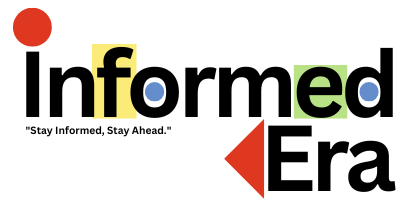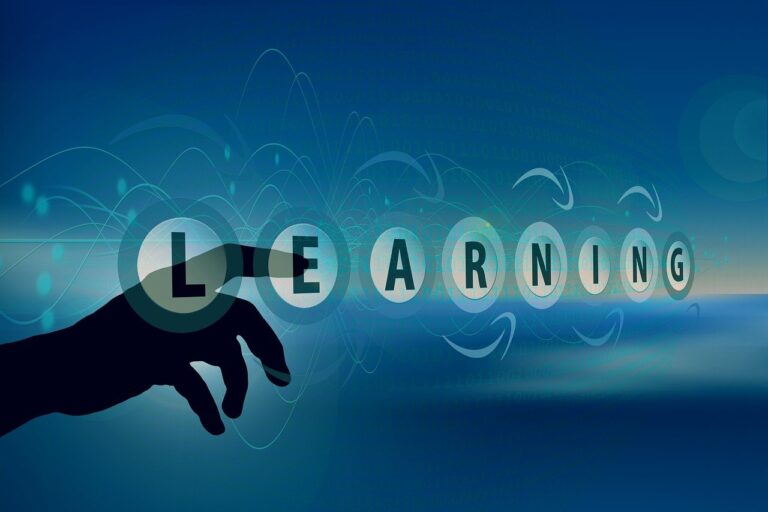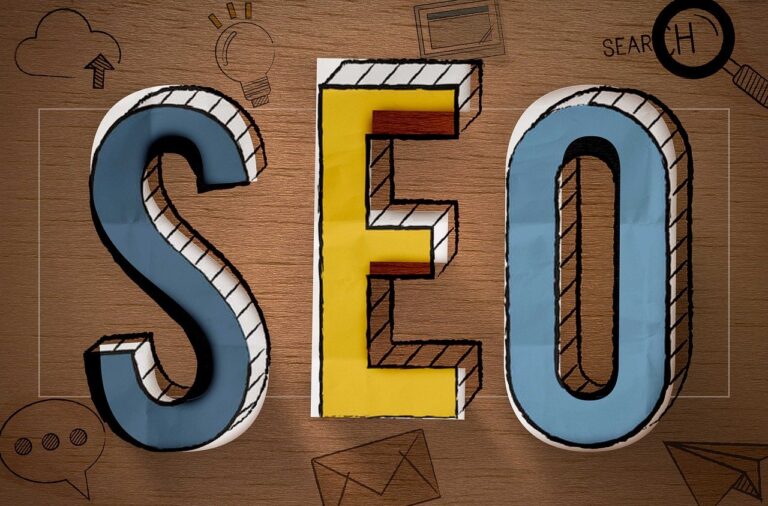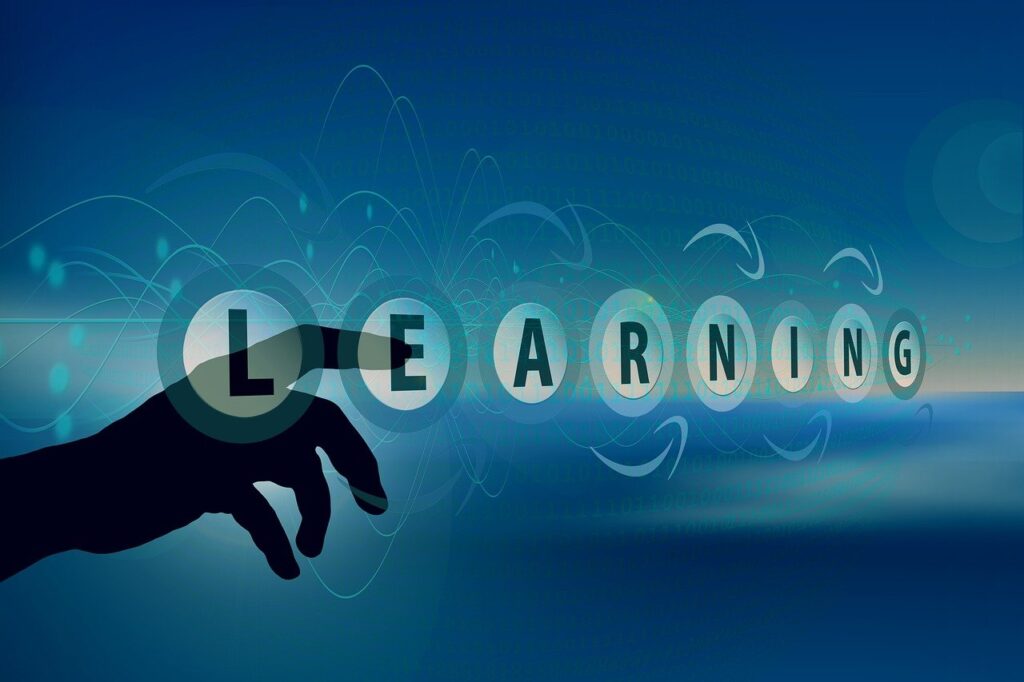
The Rise of Personalized Learning: How Education Will Evolve by 2025
The world of education is constantly evolving, and technology has become a powerful force in shaping the way we learn. One of the most exciting changes is the shift toward personalized learning. Instead of a “one-size-fits-all” approach, personalized learning tailors education to meet the unique needs of each student. By 2025, this approach will be the new norm in classrooms worldwide, offering students more control over their learning journey.

What is Personalized Learning and Why It Matters
At its core, personalized learning is about adjusting the educational experience to fit the individual learner’s needs. Traditional education systems often have fixed curriculums that move at a set pace for all students, which can be a challenge for some. Personalized learning, on the other hand, takes into account each student’s learning style, interests, and abilities, allowing them to move through the material at their own pace.
This approach not only helps students grasp concepts more effectively but also boosts their engagement. When students feel that the material is relevant to them and they can progress at a speed that suits them, they’re more likely to stay motivated and succeed.
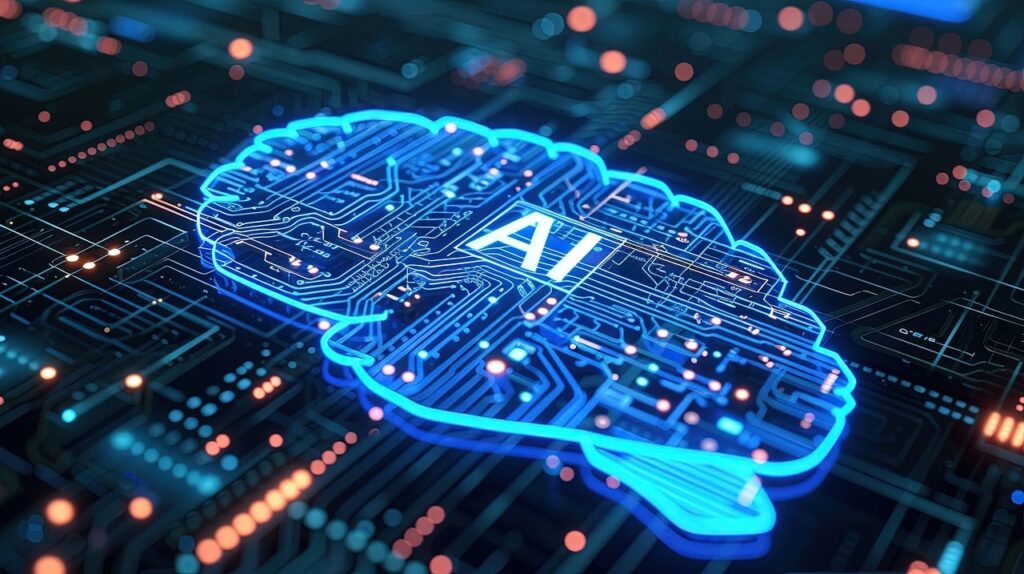
The Role of Technology in Personalized Learning
Technology plays a massive role in making personalized learning possible. By 2025, we can expect to see even more advanced tools that will help create tailored learning experiences. Here’s how technology will shape personalized learning:
-
Artificial Intelligence (AI): AI will be a game-changer. With the help of AI, educational platforms can track how well a student is doing and adapt the content accordingly. AI can adjust the difficulty of assignments, offer extra practice in areas where the student is struggling, and even provide instant feedback. This allows for a truly customized learning experience that adjusts in real-time.
-
Learning Management Systems (LMS): In many classrooms today, teachers use learning management systems to distribute assignments, grade tests, and communicate with students. By 2025, these systems will become even more intuitive, using data to create personalized learning paths. Teachers will be able to access real-time insights about student progress, making it easier to provide individual support where it’s needed most.
-
Educational Apps and Tools: Educational apps and tools will continue to evolve, offering interactive, gamified experiences that keep students engaged. These apps will allow students to explore topics they are passionate about and provide resources that match their learning style, whether it’s through videos, simulations, or interactive problem-solving.
Benefits of Personalized Learning for Students
Personalized learning brings several key benefits that are changing the way students approach their education:
-
Increased Engagement: When students learn at their own pace and have more say in what and how they learn, they become more engaged in their studies. Instead of feeling overwhelmed by an unmanageable workload or bored with material that’s too easy, they can focus on what matters most to them.
-
Tailored Support: Every student is different, and personalized learning allows for more targeted support. Teachers can use technology to pinpoint areas where students need extra help and provide specific resources to address those challenges. This individualized support helps students feel more confident and capable in their learning.
-
Flexibility: One of the biggest advantages of personalized learning is its flexibility. Students can spend more time on subjects they find difficult and move faster through topics they grasp easily. This flexibility helps ensure that no student gets left behind or feels stuck.
What Education Will Look Like in 2025
By 2025, personalized learning will be fully integrated into education systems around the world. Here’s what we can expect:
-
Hybrid Learning Models: The classroom of the future will combine online learning with in-person instruction, offering students a more flexible learning environment. Hybrid learning will allow students to choose when and how they engage with lessons, whether that’s attending virtual classes, watching instructional videos, or working on assignments at their own pace.
-
Data-Driven Insights: Teachers will have access to more data than ever before. From tracking student progress to identifying patterns in learning, this data will help inform instruction. By understanding each student’s strengths and weaknesses, teachers will be able to offer targeted interventions and ensure that every student receives the support they need.
-
More Lifelong Learning Opportunities: Personalized learning doesn’t stop at K-12 education. In the future, adults will have access to tailored learning opportunities that allow them to upskill and grow throughout their careers. Online courses and educational apps will provide flexible learning paths, helping individuals stay competitive in an ever-changing job market.
Challenges to Overcome
While personalized learning has immense potential, it’s not without its challenges. For one, not all students have equal access to technology. Ensuring that every student has the tools they need to succeed will be crucial to the success of personalized learning. Additionally, teachers will need proper training to effectively implement these new tools and methods. It’s also important to address privacy concerns, as personalized learning involves gathering and analyzing large amounts of student data.
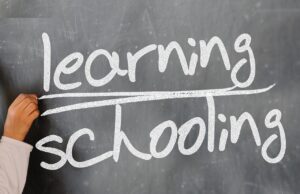
The Future of Education Is Personal
Looking ahead to 2025, personalized learning promises to revolutionize the educational landscape. By putting students at the center of their own learning journeys, this approach will foster greater engagement, success, and overall satisfaction. With the help of advanced technology, students will no longer have to fit into a rigid curriculum; instead, they will have the flexibility to learn in ways that are best suited to their individual needs. As we continue to adapt and innovate, the future of education looks brighter than ever.
